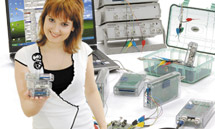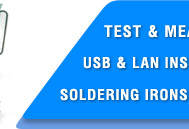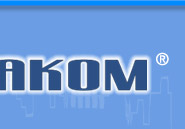







 |
||||
 |
    |
|||
 |
||||
 |
|
|||
|
Search
Log in
|
ASE-1119 Temperature Controlled Soldering Station
ASE-1119 Temperature controlled soldering station is used in the fields of electronic research, teaching and production, especially in the repairing and soldering on the electronic appliances and communication equipment.
Specifications:
Accessories:
Controls of ASE-1119 Soldering Station
Safety instructionsTake care of yourself!
Operation instructions1. Unpack the soldering station and check all parts. Damaged parts may not be put in to operation. 2. Put the holding rack for the soldering iron sideways in the soldering station, wet the cleaning sponge in the sponge rack with water. 3. Put the soldering iron tin the holding rack Place the soldering station on a solid and dry surface 4. Connect the mains plug to a socket and turn on the soldering station by using the power switch (l=ON / O=OFF). When turned on, the power switch is lit. Always put the soldering iron on the holding rack when it is heating up or during breaks from soldering. Make sure the contracts for soldering on the work place are clean. Only use solder for electronics. Acidic solder can damage the soldering tip or the work piece. Regulate the desired temperature of the soldering iron with the adjusting knob. The color-coded areas are equal to following temperatures: Yellow — approx. 150°C Orange — approx. from 150 to 270°C Red — approx. from 270 to 480°C For lead solder choose the start of the first red segment (approx. 270-360°C), for silver solder use the beginning of the second red segment (approx. 320-420°C). For larger soldering tip adjust the temperature up wards to perform the soldering as fast as possible and as long as necessary. Lower the temperature during breaks, this saves energy and extends the durability of the soldering tip. Wait about 2-3 minutes until the soldering tip reaches the adjusted temperature, test the temperature by touching the soldering tip with solder, if the solder melts away easily you can start soldering. Tin the hot soldering tip with solder; wipe off excessive solder on the wet cleaning sponge. Heat up the soldering location with the soldering tip and add solder. Let the soldering point cool down. Clean the soldering tip on the wet sponge after each soldering. Afier finishing the soldering, put back the soldering iron in the rack and turn off the soldering station at the main switch. Do not file off the soldering tip, or it will be damaged. Never touch the hot soldering tip. Let the soldering iron cool down after use. The soldering iron may not be dunked into water. During breaks, the soldering iron has to be placed in the holding rack. 1. Handle the heated soldering iron with extreme care, as the high temperature of the iron can cause fire or painful burns. 2. The first time you use the solderhg iron, it may smoke slightly as the heating element dries out. This is normal and should only last for approx. 10 minutes. 3. Never file the specialy-plated tip. Frequently Asked Questions
ASE-1119 Soldering Station UnboxingBack to the section |